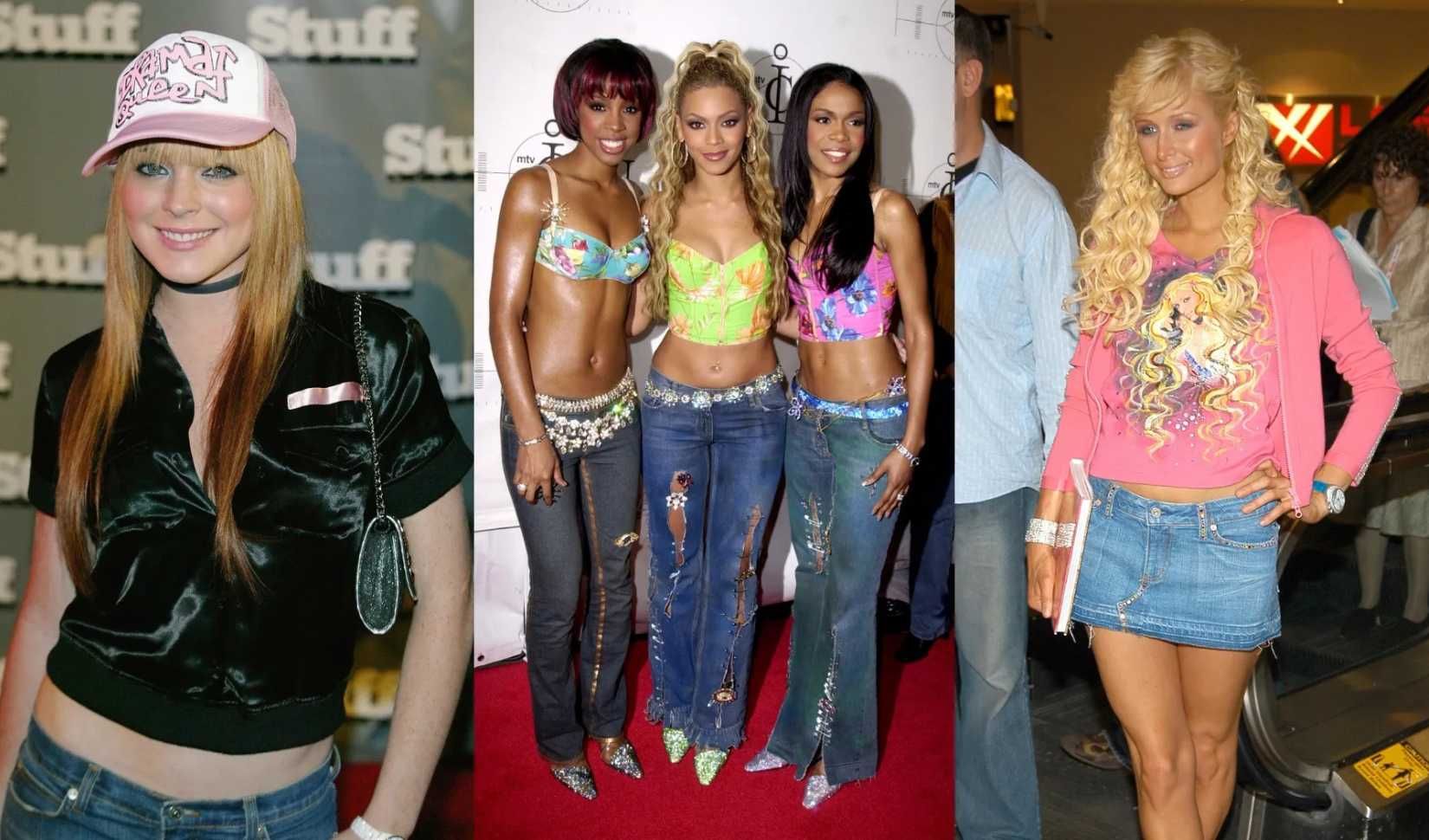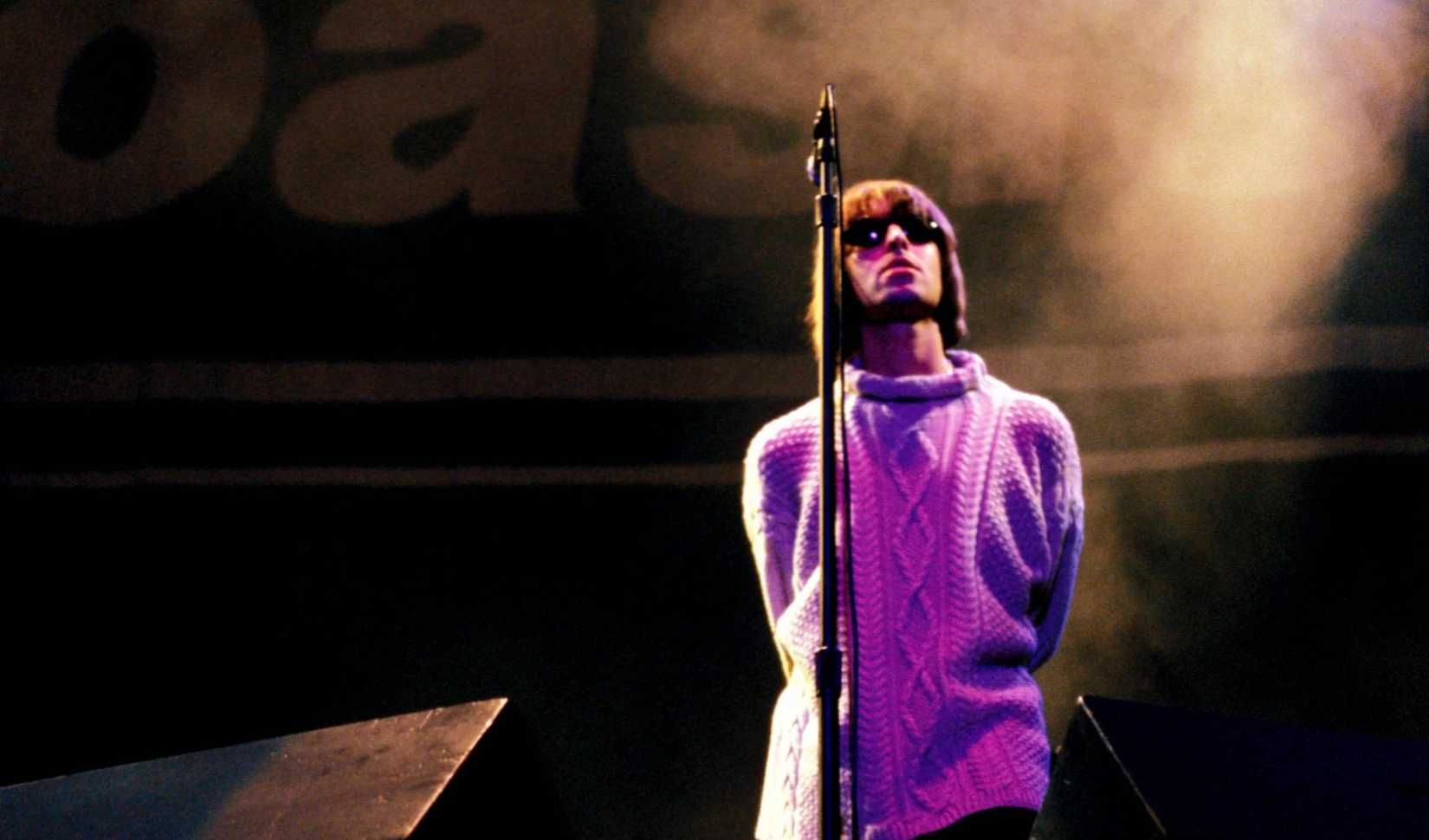The Thread | ArticleNoughties Style: How to define the undefinable.
ByNeil Summers
Is anybody else getting a bit tired of 90s fashion still being a style reference? Whilst we have no beef with that hedonistic decade itself nor its enduring contribution to British style, seeing Liam Gallagher wearing a quintessentially nineties Berghaus parka when we all know he’s been wearing Snow Peak for the past 10 years was, for us, something of a step too far. Usually when it comes to styles and trends there’s a reliably cyclical nature to freshen things up so, in which case why haven’t the Noughties taken over yet? Well, putting bootleg and low-rise jeans as well as trucker caps and Uggs to one side, when it comes to making Y2K style references, ‘it’s complicated’ to quote facebook relationship statuses circa 2006. The reason why is because this decade gave rise to a huge style revolution that ironically arrived by a slow and shaky dial-up connection. So, if the sixties sent us psychedelic, the seventies brought us androgyny and anti-fashion, the eighties power dressed its way through a million designer labels and the 90s made sportswear pretty much mandatory, then just what happened to our wardrobes at the turn of the Century?

Prior to the arrival of the internet, when looking for style inspiration our options were extremely limited by today's standard. For most of us there were only so many style magazines available to flick through, a finite amount of fashion-conscious celebrities to observe or see in concert and just a handful of innovative clothes shops within easy reach. But then the modem connections kicked in, Ask Jeeves or Yahoo (finally) was booted up and the style habits of a generation were changed forever more.
As access to the internet began to snowball, so too did our options for clothes shopping, expanding far beyond our wildest sartorial dreams. Want to see that Levi’s 501 advert you were obsessed with in 1987? No problem, it’s on Youtube. Want to replace those Clarks Wallabees you watched Oasis in at Knebworth? No problem, someone’s selling a pair your size on eBay. Not sure how that technical jacket you saw whilst on holiday in Sweden will size up? No problem, there’s a message-board where you can ask someone who lives in Stockholm what the pit-to-pit is. And so it went on. Though it’s long been argued that globalisation was generally a bad thing, when it came to finding those iconic, holy grail pieces or discovering exciting new brands from Europe and beyond the arrival of the internet was an absolute Godsend to fashion conscious Brits.
 Oasis: Knebworth 1996
Oasis: Knebworth 1996Which is why (unlike previous decades) when you attempt to define typical Noughties style with a specific look, buzz word or style tribe, it’s practically impossible. Simply because this is the decade where we stopped being hemmed in by the limitations of the high street and gained a real sense of autonomy over our personal style. At around this same time the trend forecasting website WGSN sprang into life too, photographing cool people around the world and asking them about their choice of outfit. Providing a way to capture this dizzying new turning point in style whilst helping brands and retailers to keep up with a rapidly changing landscape. One of the key lessons learned was that a sizable demographic of fashion consumers had started to wear vintage items bought from around the world often in favour of new clothes from the high street. This gave rise to a tidal wave of brands such as Clarks, Barbour and adidas all reevaluating their back catalogues by adding retro-inspired archival lines to their contemporary output. Many of which far outsold their new designs and continue to do so to this day. These new/old ranges also meant you could finally cherry pick those iconic items from the past without having to trawl through musty charity shops or risk being ripped off by an unscrupulous seller on eBay.
The overwhelming amount of choice the internet provided wasn’t just limited to shopping for cool clothes. It also heralded a new era of entertainment where you could pretty much watch any film, listen to any song, research absolutely everything or talk to anyone in the world within seconds. Opening various channels of communication became a real game changer on a number of levels and from a style perspective, it’s where like-minded brands first began to talk to each other before going on to form exciting collaborations. It’s also the starting point where ‘influencers’ were given a seat at the celebrity table when it came to modelling and brand endorsements. Using the newly emerging social media channels to broadcast their own unique take on 21st Century style and scare the pants off exclusive model agencies around the world. It could also be argued that due to Napster and the birth of music streaming that the noughties ignited a new wave of much more auspicious and bougie music festivals by musicians seeking to recoup their loss of income. So as every genre of music gained their own big outdoor events, many eschewed the typical mud and cider vibes in favour of glamping and on-site shopping that catered to every festival fashionista needs…
So, try to forget about Sarah Jessica Parker or David Beckham when you think about noughties style icons, the real star of the show was democracy. The 2000s offered more clothing choice and options than ever before and placed the style conscious buyer firmly back in the driving seat. You only have to look at the British Attire brand list to see the influence this decade has had on us and how it continues to inspire the amazing apparel we’re able to source from around the world. From exotic outdoor brands like Haglöfs, Woolrich and Snow Peak to beloved British classics such as Trickers or Joules the Noughties made shopping for clothes, a million times more exciting.